Hippogriff
Sky Horse
Hippogriffs are creatures with the wings, forelimbs, and head of an eagle, and the body and hindlegs of a horse. Native to the Isle of Iracro, hippogriffs were domesticated by the Iracra as aerial mounts sometime in the early Valmon Age. The creature really didn't come into its own until the late Lakorthian Age when the nation of Nopum began training organized units of hippogriff riders. These units were the deciding factor in many battles and were a leading factor for Nopum's victories in Novyum and building the United Kingdoms of Novyum. As the Nopum power spread across Ethae the hippogriffs spread with it. After as the United Kingdoms declined throughout the continent, most of their hippogriffs were often abandoned. Today small teams of hippogriffs can be found in most of the mountain ranges of Ethae. These wild hippogriffs largely stick to remote regions difficult to reach.
The wars over the last few centuries have left few trained hippogriffs alive. Those units that remain, primary are kept as homeland defense. These animals, while smart and easy to train, are expensive and hard to replace. Only wealthy nations, such as the Kingdom of Marras, can afford to keep organized hippogriff units on staff. Though rich nobles and adventurers do on occasion find a way to keep one or two in captivity.
Wild hippogriffs are difficult to capture. The best option for this is catching a foal early in its life. A task easier said than done as the team will defend its own. Success however is worth the risk. A hippogriff bonds with its rider and will be a loyal companion for life.
All hippogriffs encountered across Ethae are descendants of once domesticated breeds. These tend to be more muscular, with thicker plumage around the head. Though few remain in the modern day wild undomesticated Iracra hippogriffs tend to be smaller, with a thinner body. They are distinct in that their body hair has a blue or white tint. Their wing feathers also match this coloring. This color faded from the domesticated breeds over the generations.
At some point wild hippogriff migrated to the Plashin Range from Iracro. There is no record of when, are why. Sightings of them have only started appearing in the last few decades. This breed appears similar physically to a Iracra hippogriff, smaller and thinner than domesticated breeds, but with white hair and feathers. Some believe these hippogriffs have existed undetected in the mountains through the ages. Others discount this due to centuries of travel through the range with no recorded sightings of the creatures. The Plashin hippogriffs seem to be concentrated in the mountains throughout Plashin Pass, leading scholars to believe they migrated into the region after the glaciers melted. The most well-known and documented team of Plashin hippogriffs are a dozen or so dwelling in the valleys around the city of Oates. A handful of which have been domesticated as mounts for the Walker's Wardens.
The Kingdom of Marras stand as the largest kingdom on the major continent of Ethae in the modern day. It is also the only nation with an air cavalry of hippogriffs that is combat effective. Where other nations may use a team of hippogriffs as scouts, Marras can muster a fighting force of around a thousand hippogriffs. Marras hippogriffs are a highly trained beast. They are known to bond deeply, seemingly taking on some of the personality traits of their riders. They are breed large and sleep, having some of the best maneuverability of any of their kind, able to make sharp, near ninety degree turns in flight. This breed has a unique feature in their wing. The barbs of the inner feathers along the wing have a slight translucency to them. This coupled with the feather's oils that can be highly reflective, can give the illusion of a glowing light in the wings. This effect usually occurs when the hippogriff is in flight in daylight, when the bright sunlight above seems to pass through the wings. It is unknown where this illusion comes from. Both sexes of these creatures have this effect, ruling out a mating use. It has largely been recorded as a random genetic anomaly that appeared in hippogriff breed in the south. A minor trait that become a dominate feature of the generations after.
A large number of hippogriff dwell in the western Areian Peaks, primarily concentrated in the Areian Peaks. These are descendants of abandoned teams after Normon occupations in the last. The Lhakamed hippogriffs are a very intelligent, but aggressive and territorial creature. Predators entering their valleys will be swarmed in coordinated attacks. This includes Orc, which they seem to have a natural hatred towards. Herbivores, and other prey are 'herded' by the hippogriffs, in the sense that these animals are kept in the hippogriff's valleys. Any animal wandering away will find hippogriffs swooping down on them to scare them back into the team's territory. Lhakamed hippogriff largely ignore Human in their domain, even hunters hunting their game. It is believed that generations of past domestication have engrained this passiveness into the creature. This does not mean they are friendly to humans; these are still wild animals. There have been reports of hippogriff attacks on people getting too close to their nests or acting in a threatening way toward the hippogriff or its team.



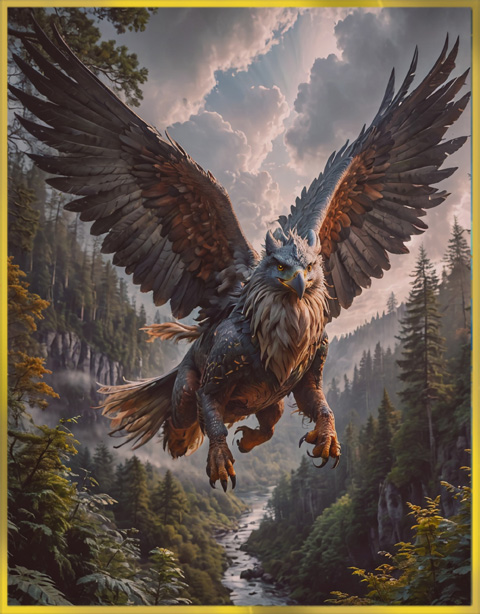
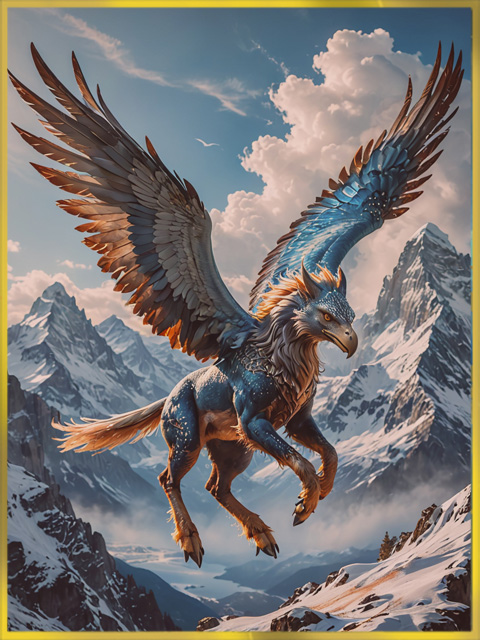
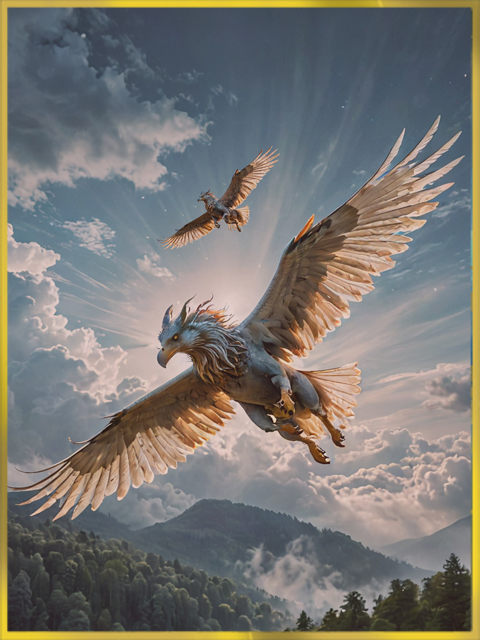
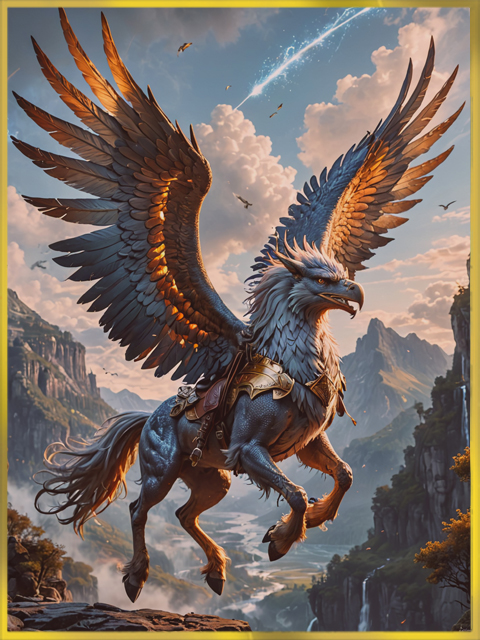
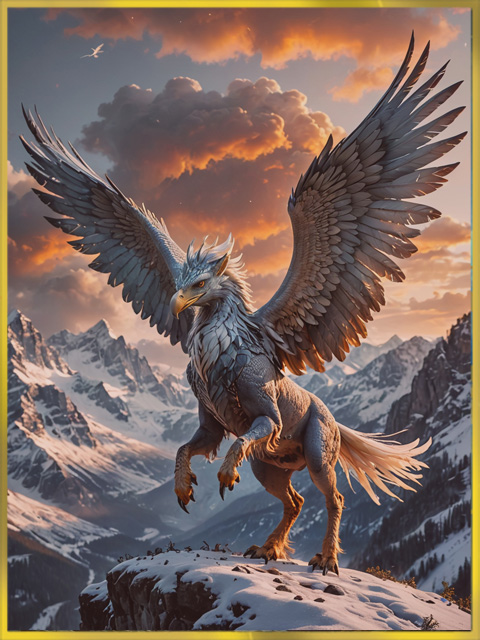

Comments